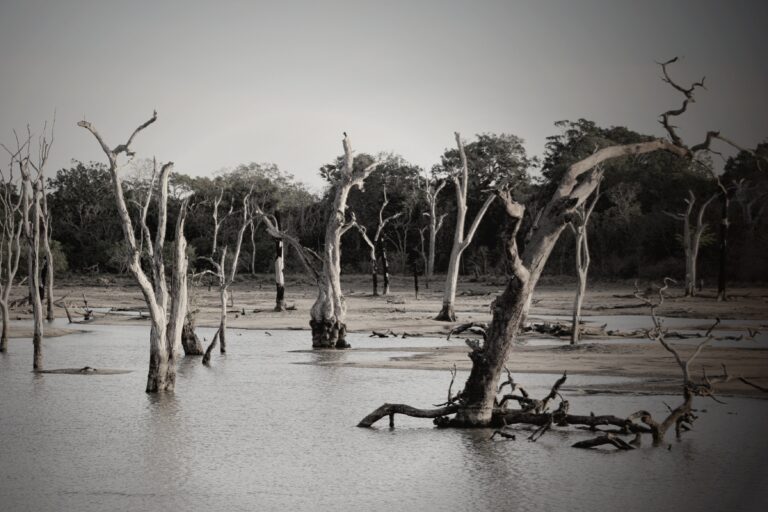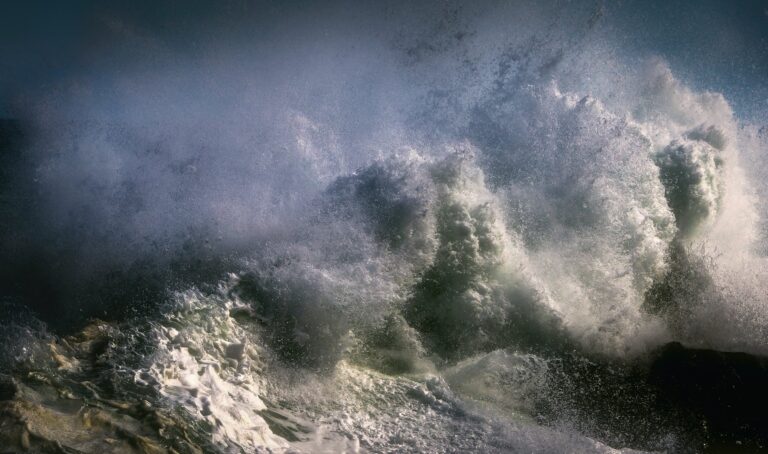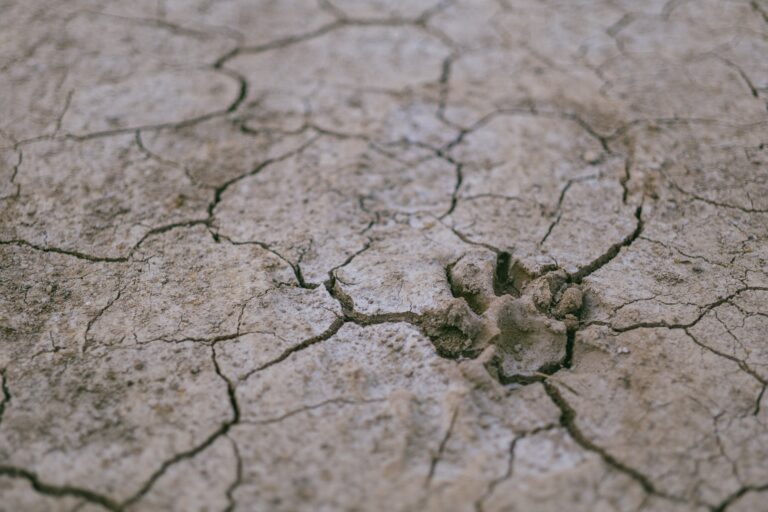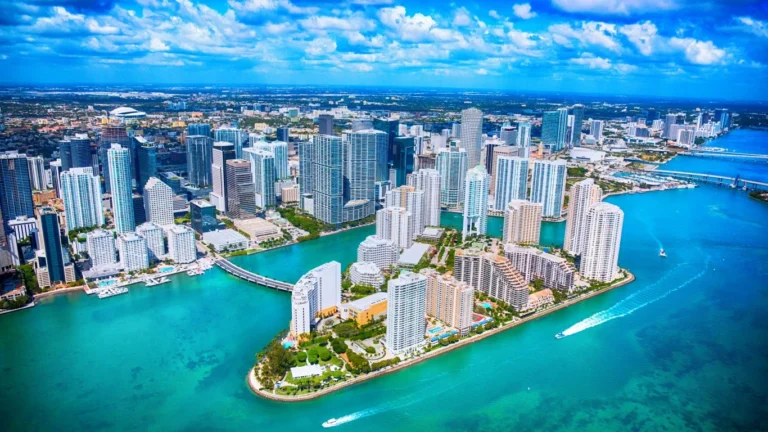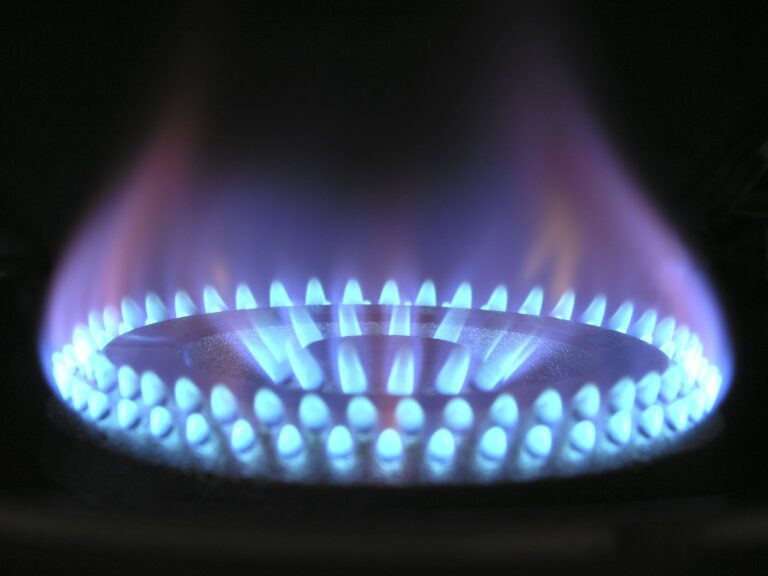New Orleans Is Running Out Of Drinking Water
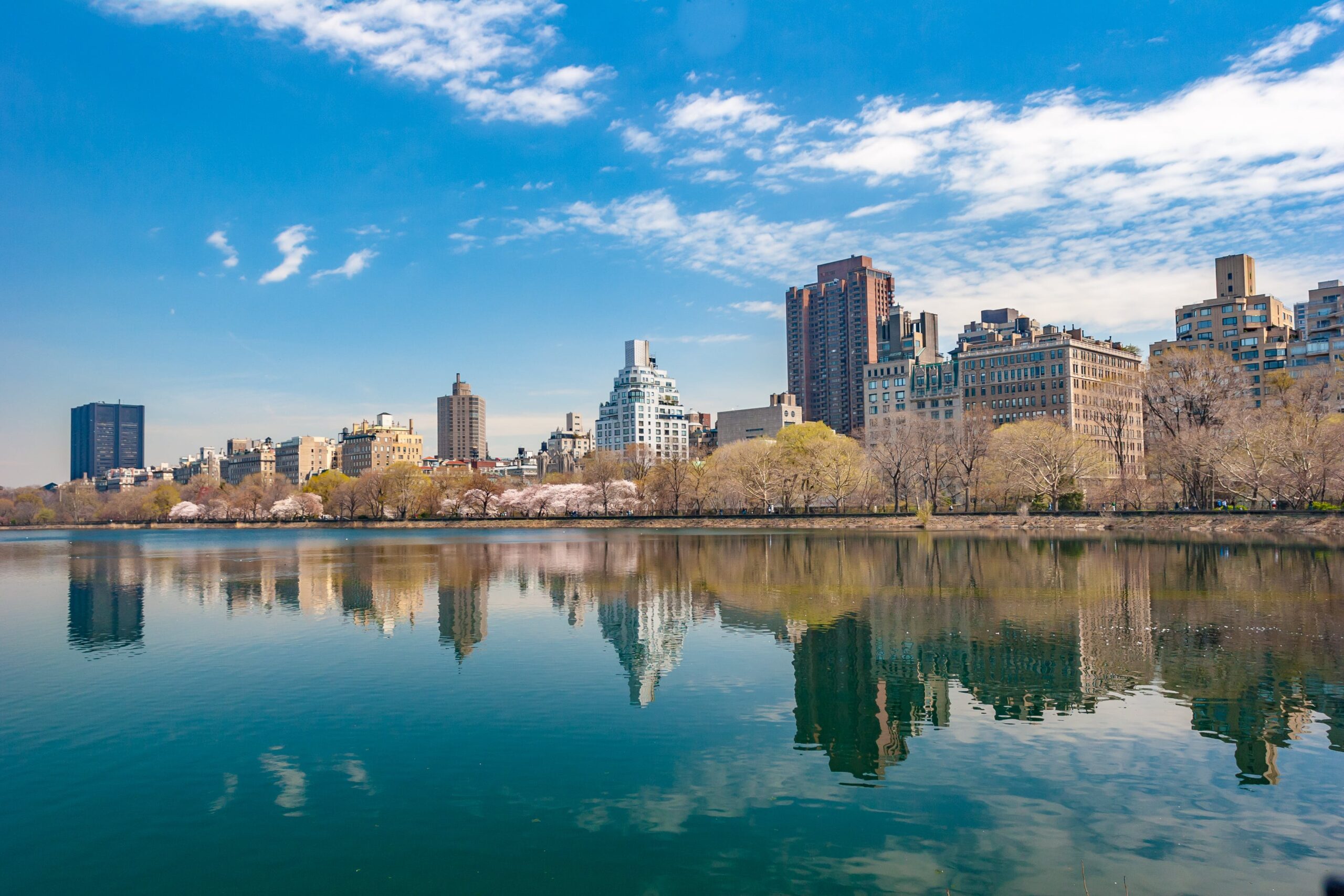
New Orleans, known for massive hurricanes that have devastated it, the most destructive of which was Katrina in 2005, is now found under a darkened purple spot on the US Drought Monitor. The dark purple “D4” signifies “exceptional drought,” the worst possible situation. It also means that this drought level only happens once or twice a century.
In other states, California gets drought relief.
Worldwide, the World’s population hits eight billion as the planet boils.
The worst drought problems in the US have moved from the West Coast region, which has a reprieve amid a 100-year drought, as regular rains have offered temporary relief. Now, areas suffering the most from drought are in Louisiana and Mississippi, often in areas of these two states that border the Mississippi River, which runs 2,300 miles from Minnesota to the Gulf of Mexico.
New Orleans had its third driest year in history in 2023. It had only 40 inches of rain, well under half the annual average. The city also set several high-temperature records. In mid-August, there were days when the temperature exceeded 100 degrees F.
Drought north of New Orleans has lowered the water level in the Mississippi River. In several areas, which include Plaquemines Parish south of New Orleans, the low river level has allowed salt water from the Gulf to move upstream. The saltwater has encroached far enough to foul the drinking water, which is also used for other household purposes. According to NPR, “Water heaters, dishwashers, ice makers, washing machines – many have seen some sort of costly damage.” The news outlet also pointed out that the salt level in the water was over six times the level recommended by the EPA.
The cost to homeowners and businesses has been significant. For example, salt damages building foundations. The costs of this will be many millions of dollars. Not all this damage will be covered by insurance, as is currently the case with flooding in many parts of the US.
Experts point out that the drought and Mississippi River problems do not originate in the dry areas of Louisiana and Mississippi. The Missouri Basin, Ohio Basin, Mississippi Basin, and Red River feed the Mississippi. Drought conditions in areas hundreds of miles north of New Orleans have contributed to this catastrophe.
New Orleans may get some relief—the NOAA Precipitation Outlook for January, February, and March, issued on December 31, shows precipitation levels around the region are “leaning” to be above normal. However, there is bad news. In regions of the US much further north on the Mississippi, precipitation is “likely” to be below normal. As is true with much climate change, what happens hundreds or thousands of miles away from an event like the drought in New Orleans can have brutal consequences. Climate change is never just local.
Sponsor
Find a Vetted Financial Advisor
- Finding a fiduciary financial advisor doesn't have to be hard. SmartAsset's free tool matches you with up to 3 financial advisors that serve your area in 5 minutes.
- Each advisor has been vetted by SmartAsset and is held to a fiduciary standard to act in your best interests. Get on the path toward achieving your financial goals!

